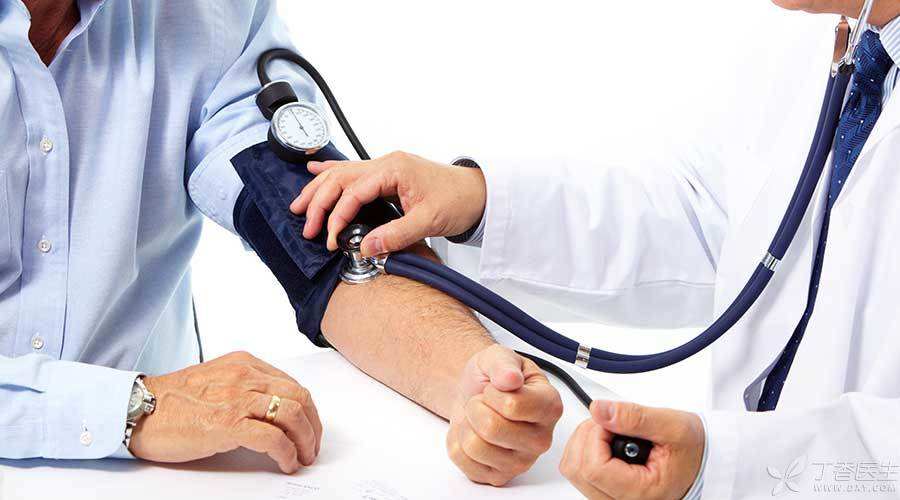
As we all know, hypertension can cause heart attack and stroke, so blood pressure must be well controlled. Antihypertensive drugs are crucial to control blood pressure, but it is difficult to achieve antihypertensive effect without improving lifestyle.
In daily life, if the following 13 small things can be done well, it can also help stabilize blood pressure, strengthen blood vessels and reduce the risk of cardiovascular and cerebrovascular diseases.
STEP 1 Know Your Blood Pressure
The ideal blood pressure for healthy people is 120/80 mmHg, but for those patients who are already hypertensive, it is recommended to maintain the blood pressure below 140/90 mmHg. If there are special circumstances, such as diabetes and nephropathy, doctors need to set individualized blood pressure reduction targets according to personal circumstances.
For healthy people without hypertension, it is recommended to take blood pressure once a year. If the risk of hypertension is relatively high, for example, there are hypertension patients in the family members, people who drink and smoke for a long time, it is recommended to take blood pressure once every six months.
If it is a patient with hypertension, it is recommended to take blood pressure at least once a week. If the blood pressure control is unstable, it is best to measure it every day.
2. Prepare sphygmomanometers at home
In addition to regularly going to the outpatient department of the hospital to measure blood pressure, it is also a good choice to buy a household sphygmomanometer.
The upper arm type electronic sphygmomanometer can measure blood pressure at home, which can more accurately reflect the control of blood pressure.
Almost all pharmacies sell sphygmomanometers, regardless of what brand, try to choose those that have passed ESH, AAM or BHS certification, and manufacturers should also provide calibration services.
Now many electronic sphygmomanometers can also be connected with software on smart phones, which can record blood pressure more conveniently.
3. Refusal to process food
High sodium diet is the most important risk factor for hypertension in China.
In order to reduce the sodium in the diet, besides putting less salt in cooking, the sodium content in processed foods such as potato chips, sausage and ham cannot be ignored. Many sweet snacks, such as sandwich biscuits and cakes, are also added with a lot of salt in the production process.
To control hypertension, it is best to completely shut out processed foods.
Step 4: Eat more vegetables
Increasing the potassium content in food is also very beneficial to the control of hypertension.
The healthiest source of potassium is fresh vegetables, and dietary fiber in vegetables also helps to regulate blood lipid.
So, eat more vegetables!
Step 5 Eat some fruit
Like vegetables, fruits are also rich in potassium and dietary fiber. At the same time, fruits can also produce a lot of satiety, which can help overweight or obese people lose weight.
6. Supplement magnesium
Magnesium can effectively relieve vascular tension and relax the spirit.
Vegetables with dark green leaves, nuts, avocados and other foods are rich in magnesium.
Step 7 Have some cocoa powder
Studies have found that cocoa powder contains flavonoid powder, which can help lower blood pressure.
Of course, you can’t eat too much cocoa powder and it’s not delicious. You can eat a piece of dark chocolate about the size of your thumb every day. Note that it is dark chocolate, not milk chocolate, which is so sweet that it is outrageous.
Step 8 Drink less coffee
Caffeine can raise blood pressure.
It is not necessary for hypertension patients to completely quit caffeinated beverages, but it is necessary to limit the intake of coffee, tea, sports drinks and chocolate.
9. Losing weight
For patients except those who are overweight or obese, if they can lose part of their body weight, they can effectively help reduce blood pressure. For every kilogram of body weight lost, systolic blood pressure can be reduced by 4 mmHg.
In addition to diet control, it is recommended to do at least 3-5 times a week, and moderate intensity exercise of more than half an hour each time can also help you get rid of the excess weight on your body.
10. Get plenty of sleep
Some studies have shown that insomnia may lead to hypertension.
When you don’t get enough sleep, we need to find out that the cause of insomnia is what, who drank coffee before going to bed? Too much pressure? Or did you play iPad before going to bed? Try to avoid the inducement leading to insufficient sleep and consciously cultivate regular work and rest habits.
If long-term insomnia cannot be relieved, it is best to go to the Department of Neurology and choose appropriate hypnotics or sleep aids.
11. Learn to relieve stress
Both chronic and short-term stress can cause blood pressure to soar.
When you feel too stressed in your life or work, give yourself some time to relax, take a deep breath, find a place to be quiet and do sports. You can better cope with the pressure by temporarily leaving the environment and things that give you pressure.
STEP 12 Beware of Snoring
Severe snoring is likely to be obstructive sleep apnea syndrome. Apnea occurs frequently during sleep, resulting in hypoxia of the body. In addition to increasing hypertension, it may also lead to health problems such as obesity and diabetes.
If your partner says that you snore, or if you still feel tired after waking up and have no energy all day, it is necessary to find a doctor, carry out sleep monitoring and take corresponding treatment measures.
13. Quit smoking
Smoking is harmful to many aspects of the body. Smoking may cause vasospasm, so blood pressure will rise temporarily immediately after smoking a cigarette. For the sake of health, make a smoking cessation plan quickly!
